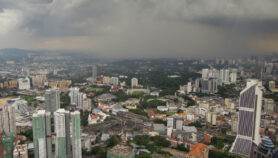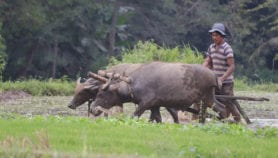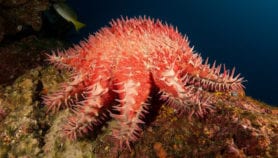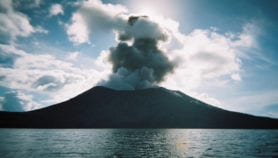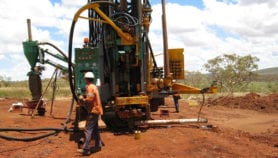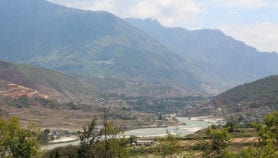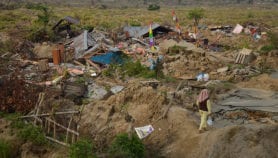By: Amantha Perera
Send to a friend
The details you provide on this page will not be used to send unsolicited email, and will not be sold to a 3rd party. See privacy policy.
[COLOMBO] A piece of space debris, that is expected to renter the Earth’s atmosphere on 13 November and crash into the Indian Ocean, may allow scientists a rare opportunity to test their capability to predict the impact of such events, experts say.
The piece of debris, named WT1190F, and measuring about a couple of meters in size is likely to crash some 100 kilometres off the southern Sri Lankan coast, the European Space Agency (ESA) said.
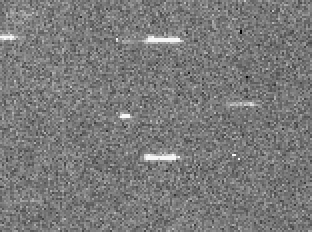
ESA said that the object was believed to be manmade and most of it expected to burnout on re-entry posing no serious threat, although it could briefly be seen as a brightly burning object in the forenoon sky.
“The re-entry of object WT1190F on 13 November 2015 will test and improve our capability to predict orbits of objects in space in the future and predict potential impacts with Earth, including its time and location,” Gerhard Drolshagen, co-manager, ESA’s near-Earth objects office tells SciDev.Net.
“Since this is the first time astronomers have advance notice of a reentry they are trying to get observations to see how good their predictions are and, if in error, discover how to improve prediction algorithms,” Kavan Ratnatunga, a Sri Lankan-born former NASA astrophysicist tells SciDev.Net.
ESA’s Drolshagen said that the object’s high orbit makes for better observation. “Its high orbit will allow us to validate our plans and procedures if a really threatening asteroid is detected.”
ESA said that it was organizing an observational campaign to collect data from WT1190F. “It provides us with an ideal opportunity to test our readiness for possible future events involving an asteroid, since the components of this scenario, from discovery to impact, are all very similar,” an ESA press note on 22 October said.
The Sri Lankan government — which has banned fishing in the southern sea area on Friday and also declared a no-fly-zone over it as precaution — said the remnants of the object are expected to hit the sea about 10 minutes before noon, local time.




